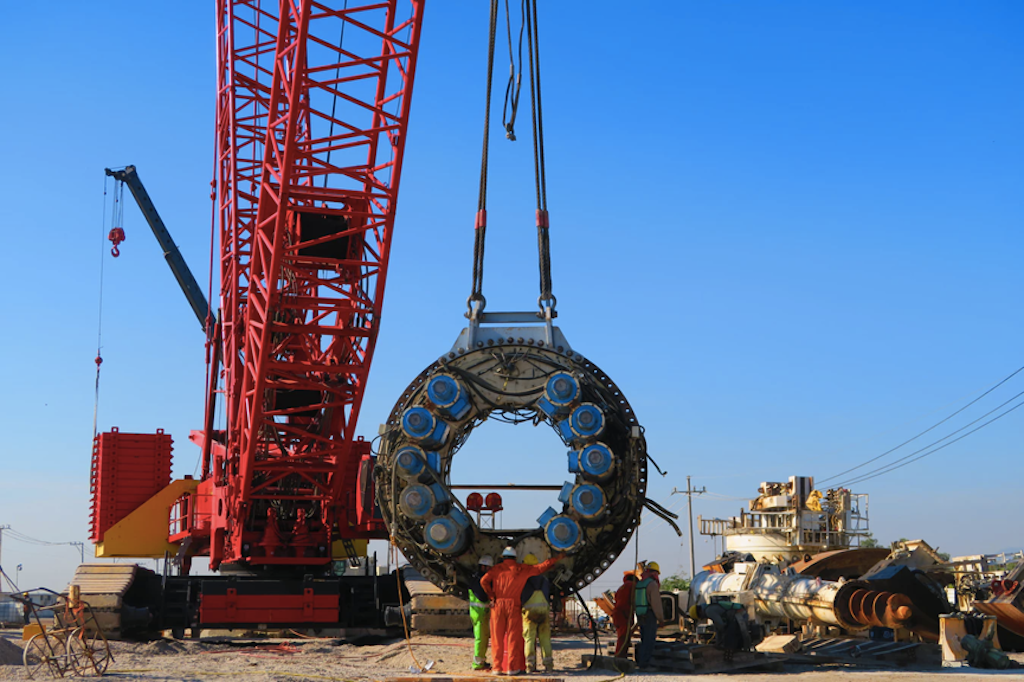Since the 1970s, many developing countries around the world have taken up a range of loans from Chinese banks, in particular to finance much needed infrastructure projects – from buildings to power stations, to new roads and railways. However, little is known about how large these loans and repayments are at a global or cross-country level.
To date only one organization has attempted to analyse the sustainability of these loans in a structured manner, but even this was limited. In March 2018, the Center for Global Development (CGD) released a paper analysing debt issues in 68 so-called Belt and Road Initiative countries, and found that only 8 of these countries seem likely to face future debt problems as a result of Chinese loans. However, only 4 of the 68 countries were African, and no Pacific or Caribbean countries were included in the analysis. Yet these are arguably the regions where the financing needs, and information gaps are largest and most controversial.
To build on this paper, Development Reimagined has been commissioned by the Lowy Institute to carry out an analysis related to debt from Chinese entities that are held by South-East Asian and Pacific governments. This analysis aims to address gaps in the CGD publication taking into account other factors such as potential economic growth stimulated by existing and future debt and will assess whether Pacific and South East Asian countries are really at risk from debt default because of their loans from China, and if so, what can be done.
Development Reimagined is thrilled to contribute to the analysis of such a complex topic and we hope our analysis will help stimulate better understanding of China’s own strategic plans as well as those of China’s partners.
June 2018


